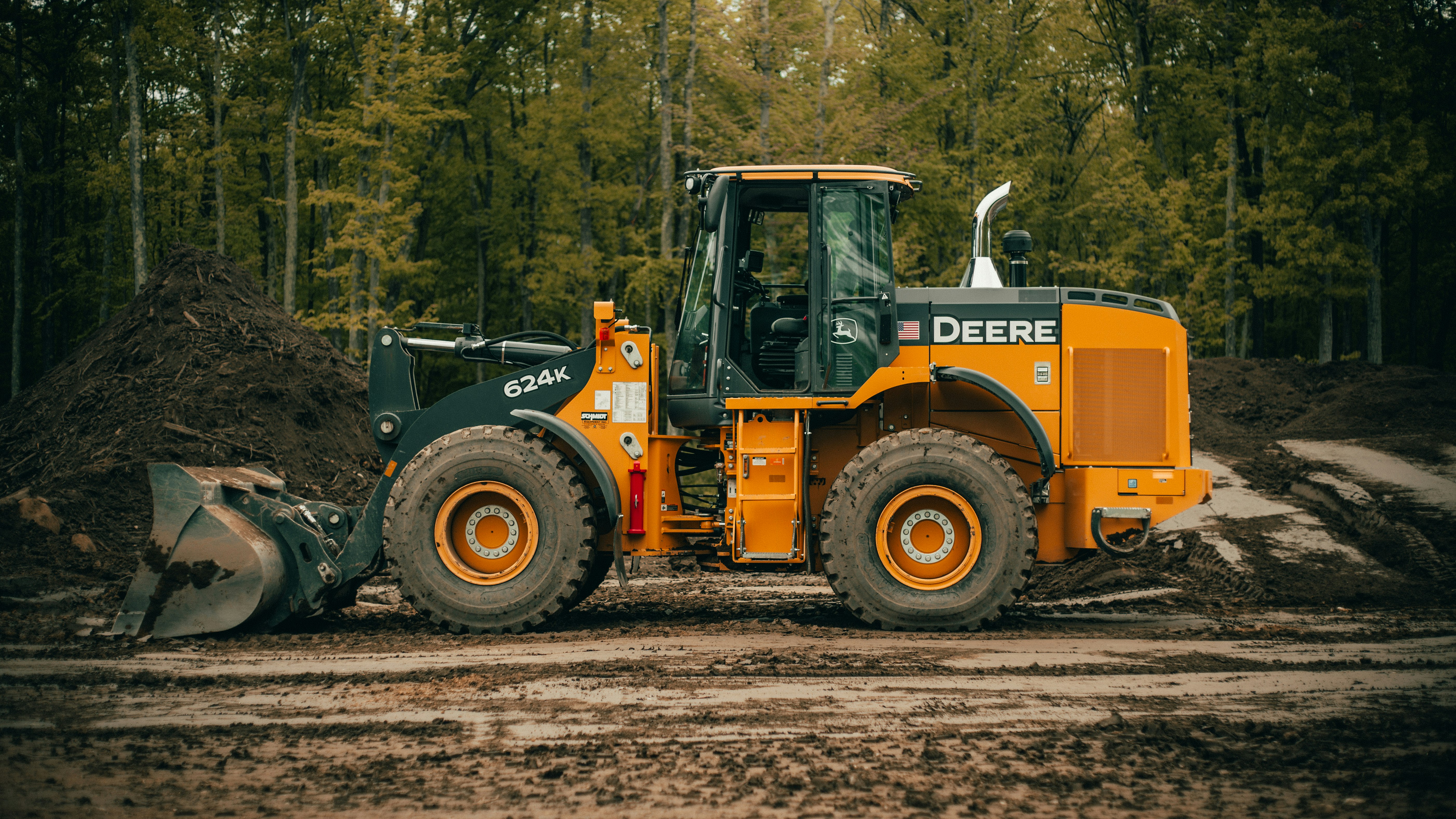Where To Start with and More

As an industrial professional, you understand the importance of accurate level measurement in your processes. Whether you are dealing with liquids, solids, or bulk materials, knowing the exact levels in your tanks and silos is crucial to maintaining efficient operations. One technology that has been gaining traction in recent years is non-contact discharge radar, also known as NCDR. In this article, we will explore the benefits and applications of NCDR in level measurement.
1 Picture Gallery: Where To Start with and More
NCDR operates on a simple principle: radar pulses are emitted from an antenna mounted on top of the vessel containing the material. The pulses travel down to the material surface and bounce back up, where they are received by the same antenna. By measuring the time it takes for the pulses to travel back and forth, NCDR can accurately determine the level of the material in the vessel without ever coming into contact with it. This non-invasive measurement method makes NCDR ideal for use in harsh environments, hazardous materials, and difficult to access areas.
One of the biggest benefits of NCDR is its accuracy in measuring level. Unlike traditional methods such as ultrasonic or capacitance, NCDR is not affected by changes in temperature, pressure, or material density. This means that even in challenging conditions, such as those found in the oil and gas industry, NCDR can provide precise readings. Additionally, NCDR can measure levels in tall vessels with small openings, which would be impossible with other methods.
Another advantage of NCDR is its versatility in measuring different types of materials. Whether you are dealing with liquids, powders, granules, or even foam, NCDR can accurately measure their levels. This makes NCDR a valuable tool in industries such as food and beverage, pharmaceuticals, and plastics manufacturing. In the food industry, for example, NCDR can be used to measure levels of ingredients such as flour, sugar, and grains, ensuring that recipes are followed accurately and waste is minimized.
In addition to accurate level measurement, NCDR also offers enhanced safety in hazardous environments. In industries such as oil and gas, chemicals, and mining, workers often have to deal with dangerous substances. NCDR allows level measurement to be done without putting workers in harm’s way. This not only increases safety but also reduces downtime due to equipment maintenance or repairs.
NCDR is also beneficial in terms of ease of installation and maintenance. Traditional methods of level measurement often require extensive wiring or calibration, which can be time-consuming and costly. NCDR, on the other hand, requires minimal installation and can be easily set up and configured. Maintenance is also simplified, as NCDR has no moving parts or components that need frequent replacement. This reduces downtime and maintenance costs, making NCDR a cost-effective solution in the long run.
Finally, NCDR offers remote monitoring capabilities, allowing operators to monitor levels from a distance. This is particularly helpful in industries where tanks or silos may be located in remote areas or difficult to access locations. With NCDR, operators can receive real-time level readings, alarms, and alerts on their mobile devices or computers. This not only improves efficiency but also allows for more proactive maintenance, reducing the risk of equipment failure or downtime.
In conclusion, non-contact discharge radar technology is a valuable tool in level measurement. Its accuracy, versatility, safety, ease of installation, and remote monitoring capabilities make it a cost-effective solution for a wide range of industries and applications. Whether you are dealing with liquids, solids, or bulk materials, NCDR can provide precise level measurements, allowing you to maximize efficiency and minimize waste. Consider incorporating NCDR into your processes today to take advantage of its many benefits.
The 10 Commandments of And How Learn More
This post topic: Real Estate



